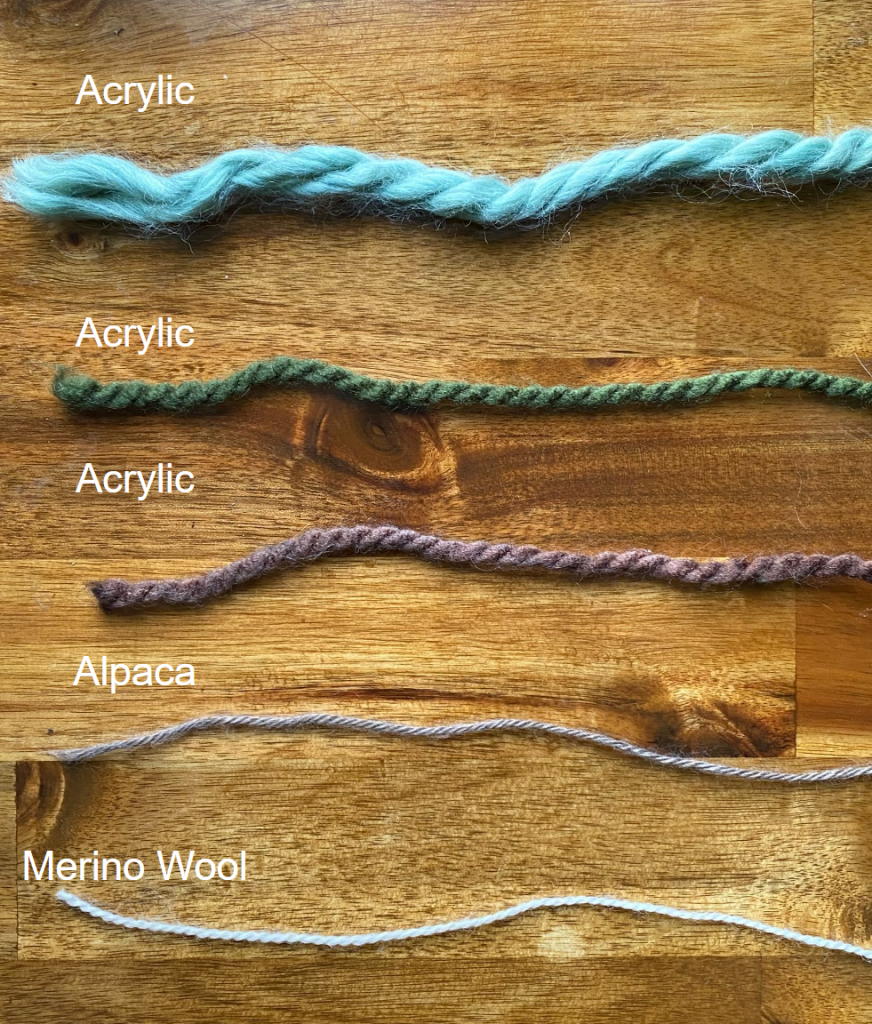The initial structure of our project focused more on a scientific approach. By applying a timed aspect in our craft sessions, we hoped to correlate a response of physical mobility compared to the amount of time spent naalbinding. Due to the groups physical ailments, a developmental range would be recorded. Scaling from a general 1-10 pain tolerance during each session would assist in a quantitative measurement of the naalbinding process. However, this approach was later modified towards a qualitative method regarding time constraints and the underestimated steep learning curve.
To begin our experiential work, our group focused on the Oslo stitch. Following Kimberely Nelson’s video tutorial, a basic foundation of the naalbinding technique was formed. This initial step was carried out as a group. Throughout the process, communication between each group member was key. Although each member had previous experience in the art of crocheting, a range of expertise remained. Additionally, different yarn was used throughout the entire process. Larger and thicker yarn assisted our initial orientation of the practice. This was later switched into our chosen yarn. Between the four members, three separate yarn types were decided on. Hazel worked with acrylics, Sam with alpaca, Juliette with merino wool and Jordy with acrylic as well. Due to time constraint, the progress of each member was carried out separately and recorded on our textile blog.
